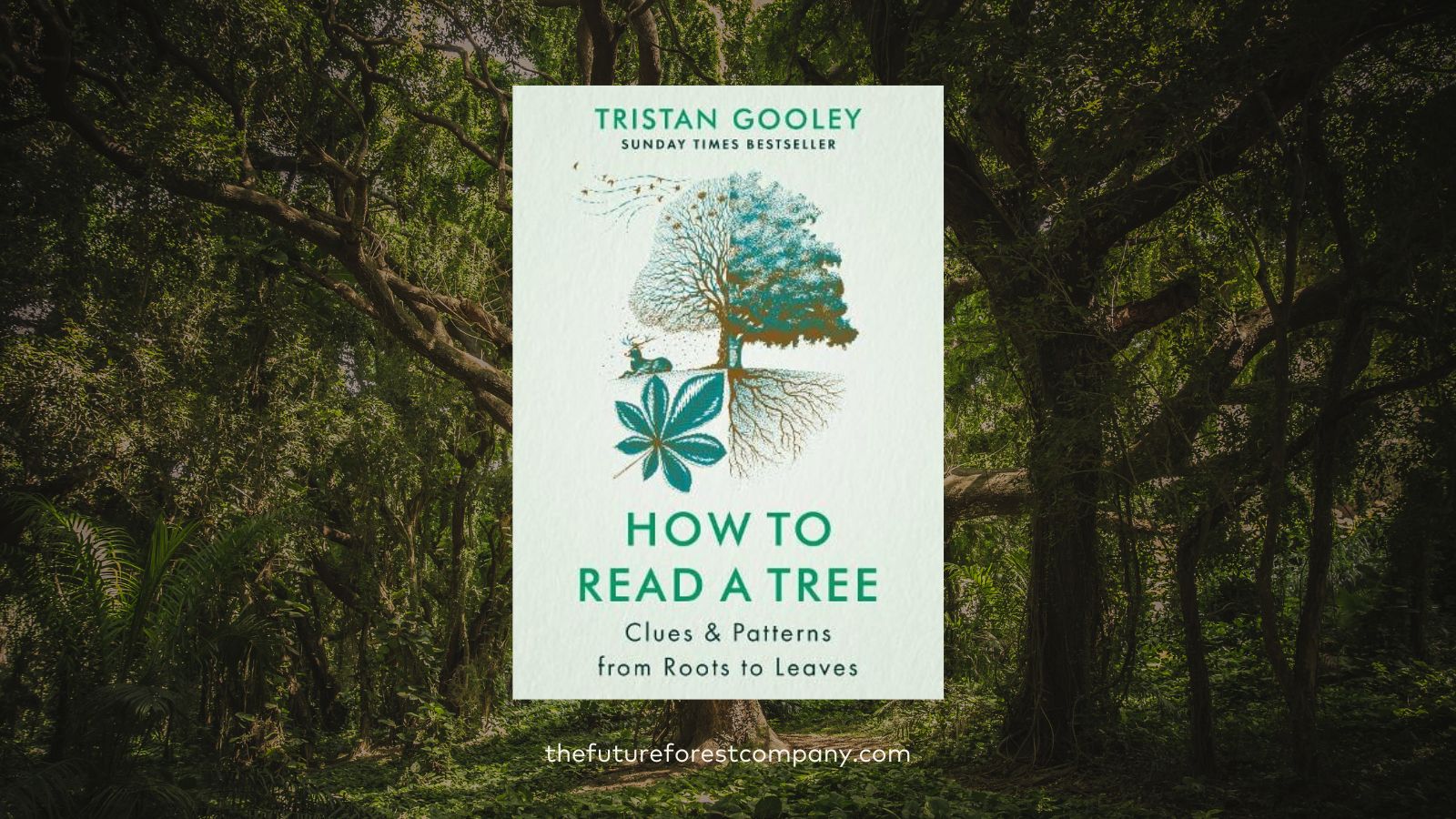New York Times–bestselling author Tristan Gooley opens our eyes to the secret language of trees in his latest book How To Read A Tree. Trees are keen to tell us so much if we learn and take time to observe, they’ll tell us about the land, the water, the people, the animals, the weather, and time. Trees tell a story, but only to those who know how to read it, in his new book How To Read A Tree, Author and Natural Navigator Tristan Gooley shares how. We caught up with Tristan to learn more…
Q. Can you tell us how the idea for your new book How to Read a Tree came about?
Trees have appeared in all my books so far and proved some of the most popular sections. In my earlier books, I kept the focus fairly narrow: how can trees help us navigate – how can they make a compass or a map for us. But over the years I have collected hundreds of other signs and this book was a chance to celebrate and share those clues.
Q. What do you hope people will learn from the book?
There are so many individual gems that I hope readers will have fun with – how to sense water through the veins of a leaf, as just one example – but my overriding hope is that readers see a whole new world. Trees go from background to fascinating foreground as soon as we appreciate that every small pattern, from roots to leaves, has meaning.
Q. You’re a very experienced naturalist, did you have to conduct new research for this book, and did you learn anything you didn’t know beforehand?
I only appreciated a few years ago that the word ‘author’ has the same roots as the word, ‘authority’ – obvious in hindsight, I know, but so are so many things!
I was commissioned to write this book thanks to a bank of knowledge built over decades, but one of the joys for me in writing any new book is the sense of philosophical exploration. I view each book I write is an invitation to take a strong level of knowledge up to whole new level. A few years ago, I thought I understood the science behind the different tree shapes we see. I really do now, and readers will do too. No two trees look alike and there is a good reason for every single difference we see.
Q. Do you believe it is important for people to connect with trees, and why?
I believe everybody knows, even if it is buried, that trees are vital to our planet and to humanity. But there is a difference between knowing that as a vague concept and feeling a true connection with trees. I think the easiest, fastest and most enjoyable way to build that connection is to understand the things we see. If every colour, texture and shape we see in every part of a tree has meaning, we find ourselves noticing more and this leads to a connection.
Q. What do you perceive to be the biggest threat to trees currently?
Like most people, I’m concerned by the economic pressures in some parts of the world to deforest, notably South America. But my one biggest fear is a pathogen that isn’t species-fussy. Just imagine ash dieback that didn’t just attack ash trees? (Actually don’t, unless you are a scientist looking for future solutions.)
Q. The UK has one of the lowest levels of woodland cover in Europe. With that in mind, what are your thoughts on what we are doing here at The Future Forest Company?
Nature is strongest when there is a rich and varied ecosystem with lots of different species coexisting in the same space. And this feeds into to my feeling about tree planting in the UK. I really like that this is a growing area and that it isn’t dominated by one public or private organisation. Diversity in this area leads to slightly different approaches and my gut tells me that will lead to a more positive result than if one organisation called all the shots. I look forward to learning more about how The Future Forest Company fits into this positive ecosystem.
Q. Can you give us a top tip from the book?
Notice how the seasons appear at different times within each tree. Spring comes earlier to low branches on tall trees than it does to the tops of those same trees. Autumn appears first high up on the southern side of tall trees.
You can find How To Read A Tree new by Tristan Gooley in bookshops. Find out more about Tristan at naturalnavigator.com
Help us to plant UK woodlands today. We offer a range of subscription plans and one-off gifts, you can contribute towards tree planting, conserving and restoring biodiversity on our UK sites and have a positive impact on reversing the nature crisis.




